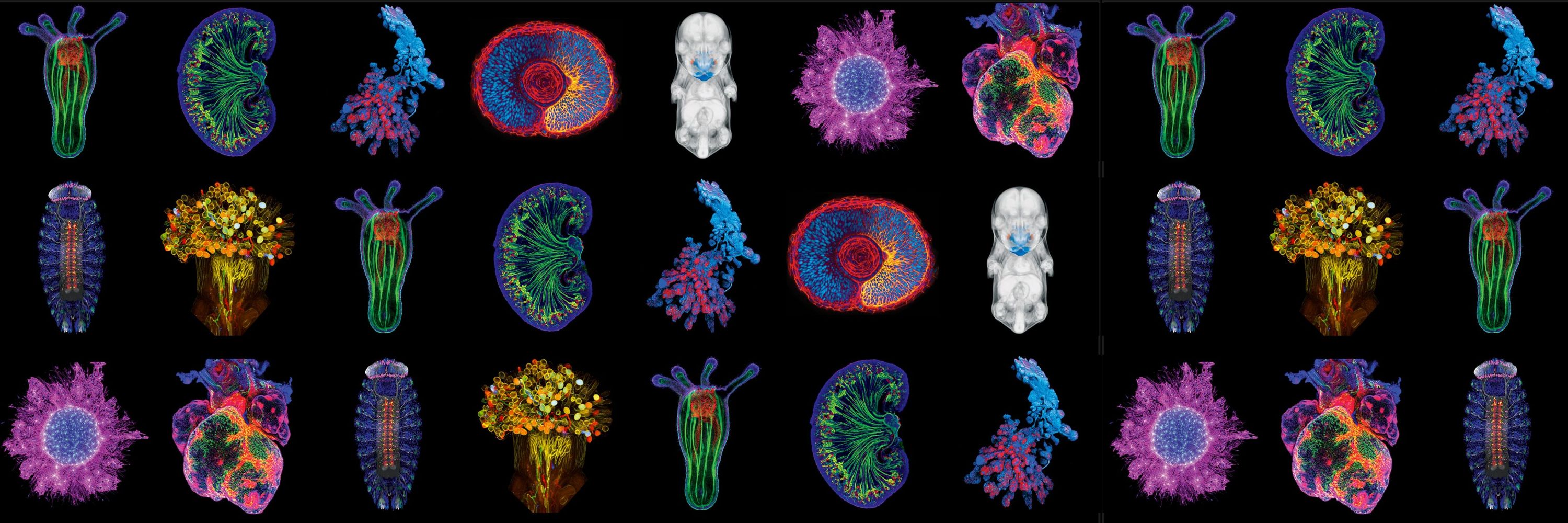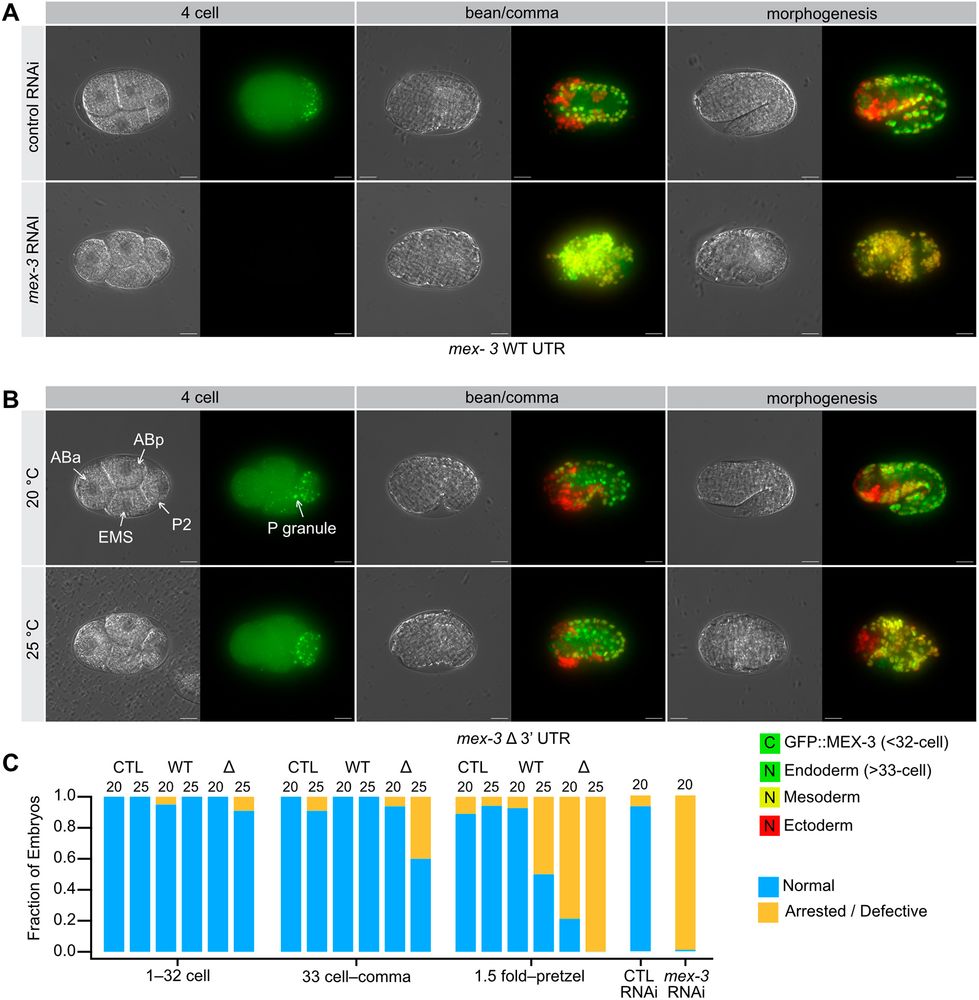Development
@dev-journal.bsky.social
6K followers
580 following
490 posts
Development is a leading research journal in the field of developmental biology, covering stem cells, regeneration, evo-devo, epigenetics, morphogenesis and more. @biologists.bsky.social
Posts
Media
Videos
Starter Packs
Pinned



















